Teens live with tech that would have stunned an ’80s kid. Back then you waited by a landline, rewound tapes, and watched whatever the TV guide offered. Today, connection, music, maps, and money live inside tiny pocket gear. Many items below did not exist or felt like distant sci fi in the 80s. Now they run daily life for school, friends, and fun. Here are twelve everyday essentials modern teens lean on that earlier generations could not even picture clearly.
1. Smartphones

One pocket device handles calls, photos, schoolwork, games, banking, and more. In the 80s phones were wired to walls, and cameras used film. A smartphone lets teens text, search, record video, and edit on the spot. Apps replace alarm clocks, calculators, and CD players. You can join class, apply for a job, or film a skit without leaving your room. Constant access shapes social plans, study habits, and even safety. For many, the phone is the hub of life.
2. High Speed Wi Fi

Home internet was rare in the 80s and public networks were not a thing. Today fast Wi Fi is as expected as electricity. It powers homework, video calls, gaming, shopping, and streaming in every room. Friends hang out online after school and clubs meet virtually when rides fall through. Wi Fi lets several people connect at once and move with phones from bedroom to backyard. It also keeps devices updated and secure without plugging into anything.
3. Video Streaming Apps
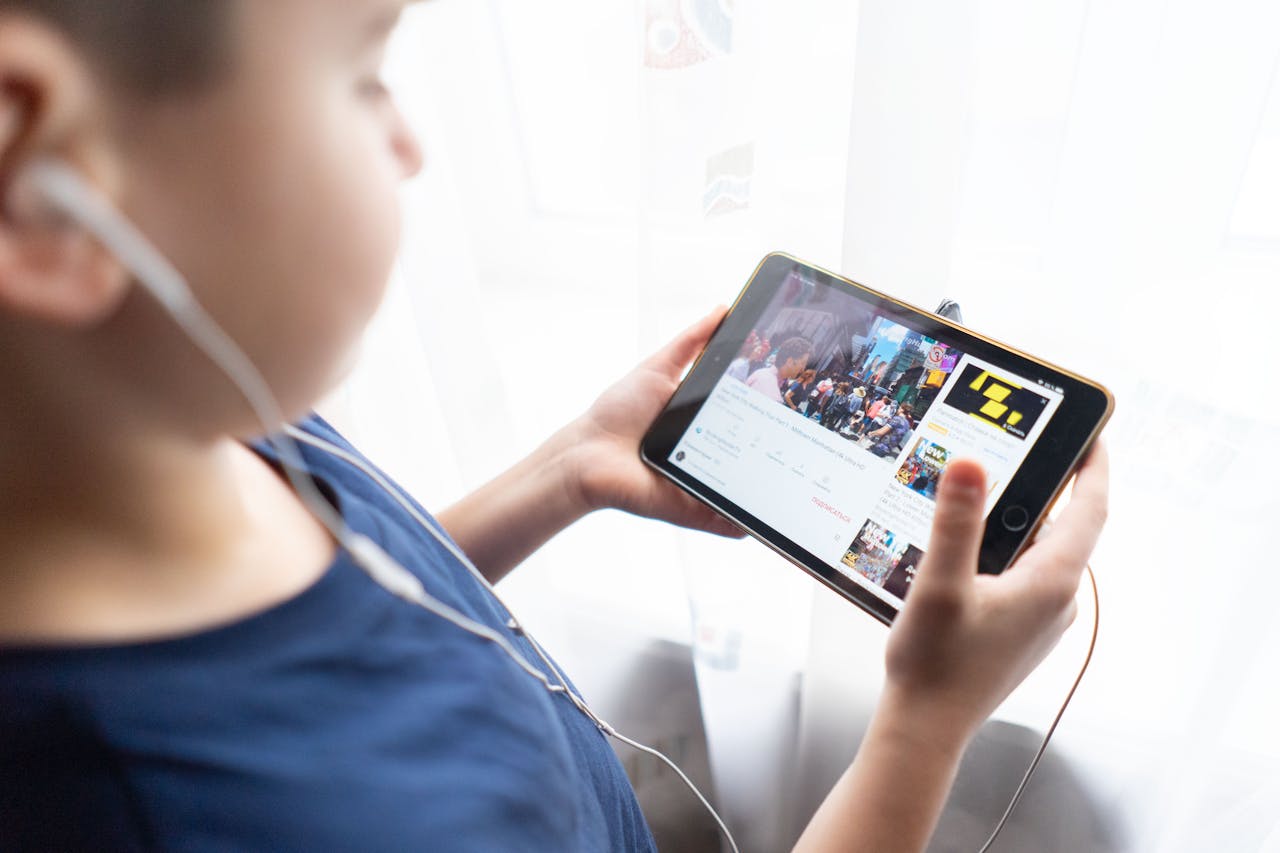
In the 80s you waited for a showtime or hoped the video store had your movie. Now teens open streaming apps and pick from huge libraries instantly. Whole seasons drop at once for weekend binges. Algorithms learn your taste and suggest what to watch next. Captions help with noisy rooms and downloads work on buses. Creators now release films and series straight to phones and tablets. For teens, watching on demand is simply normal.
4. Wireless Earbuds

Music once meant a foam headset wired to a tape player. Wireless earbuds are tiny, light, and pocket friendly. They pair in seconds, charge in a small case, and filter noise during study time. Teens switch from a call to a playlist to a video with quick taps. No cables tug during workouts or walks. Earbuds also help in class transitions, letting you review notes or language clips on the go without blasting sound for everyone.
5. Power Banks
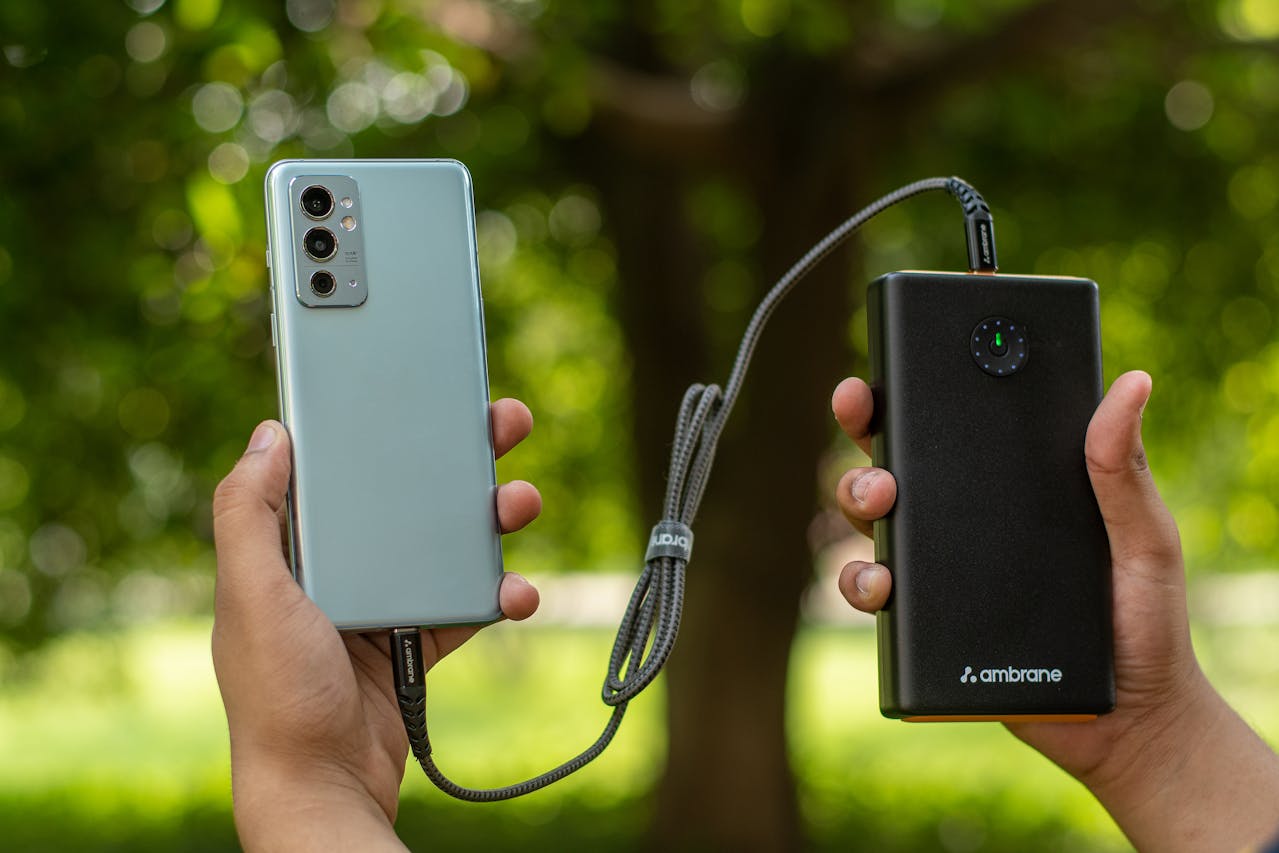
In the 80s you carried extra batteries for a Walkman or camera. Now a slim power bank keeps phones, watches, and earbuds alive through long school days and late games. Teens charge friends’ devices at lunch or revive a phone before a ride request. Power banks are allowed in backpacks and weigh little. Some support fast charging so a near dead phone jumps to usable levels during a short break. Backup power is quiet peace of mind.
6. Smartwatches and Trackers
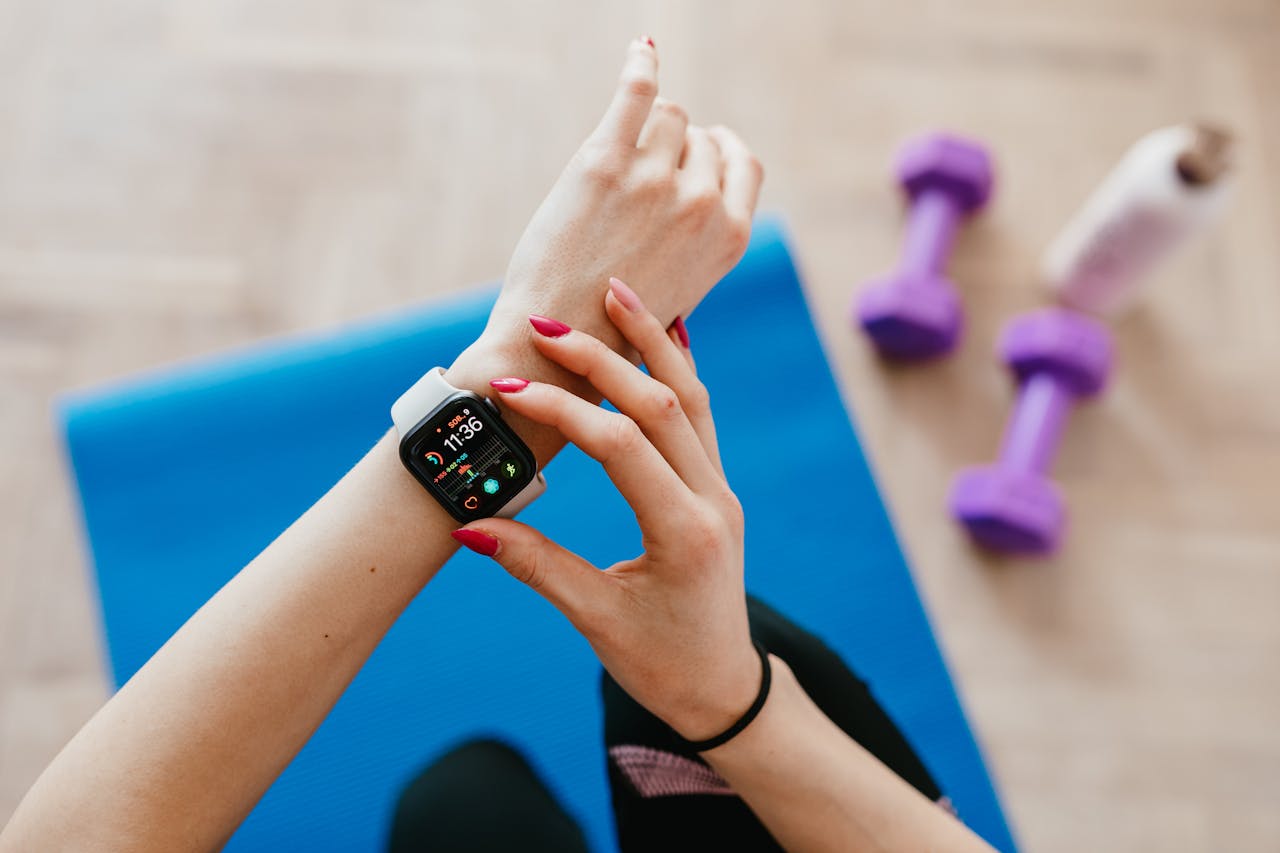
Wrist tech now tracks steps, sleep, heart rate, and messages. Teens glance at a watch to see who texted without pulling out a phone. Timers help with workouts and pomodoro study blocks. Alarms buzz on the wrist so you do not miss a bus or meeting. In the 80s a digital watch told time and maybe beeped on the hour. Today a watch feels like a mini assistant that supports health goals and keeps you on schedule.
7. GPS Maps on Your Phone
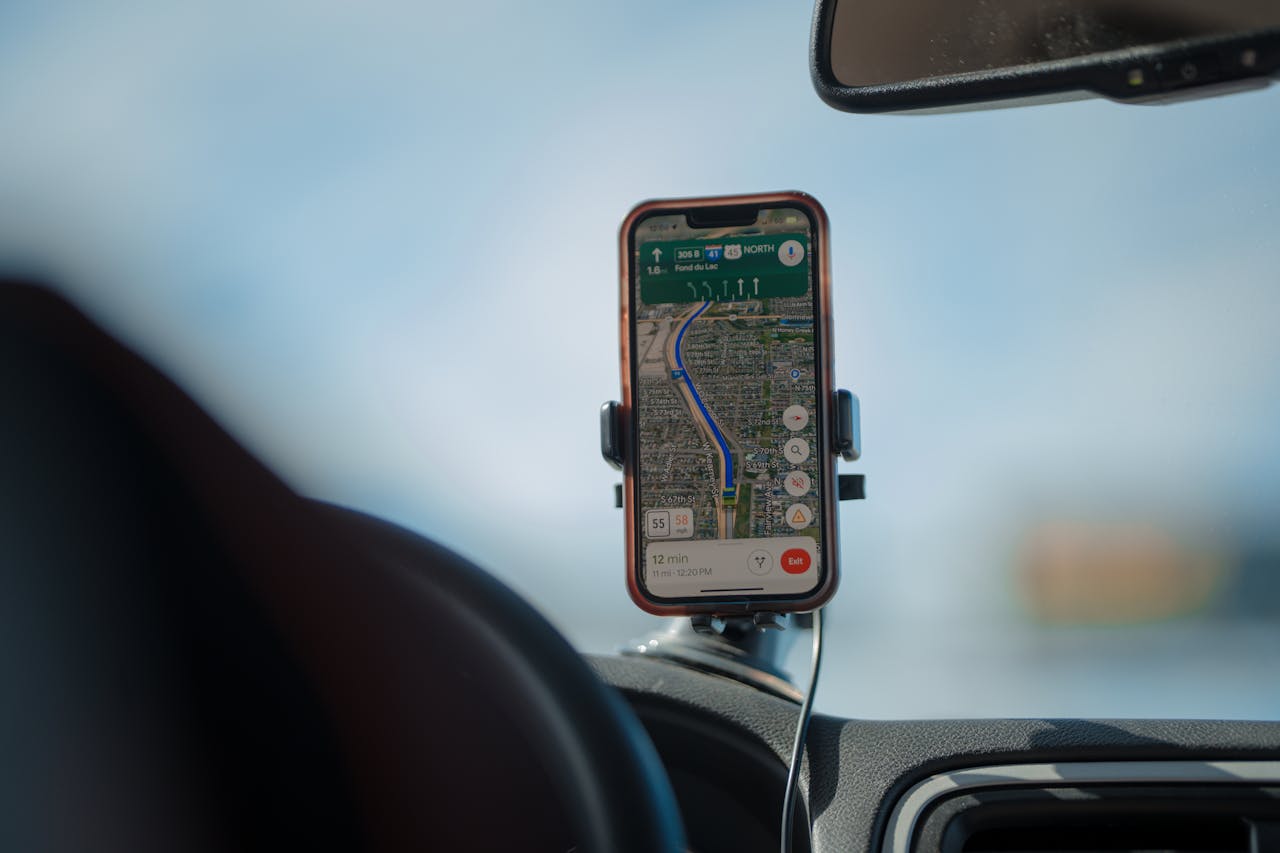
Paper maps folded like accordions and pay phones marked the route in the 80s. Teens now tap an address and get live directions that reroute around traffic. Walking and transit options show times and fares. Location pins help meetups happen in busy parks. Parents and friends can share live location during trips for safety. Offline maps save data and still guide you without signal. A phone map turns every teen into a confident navigator.
8. Cloud Photo Backups
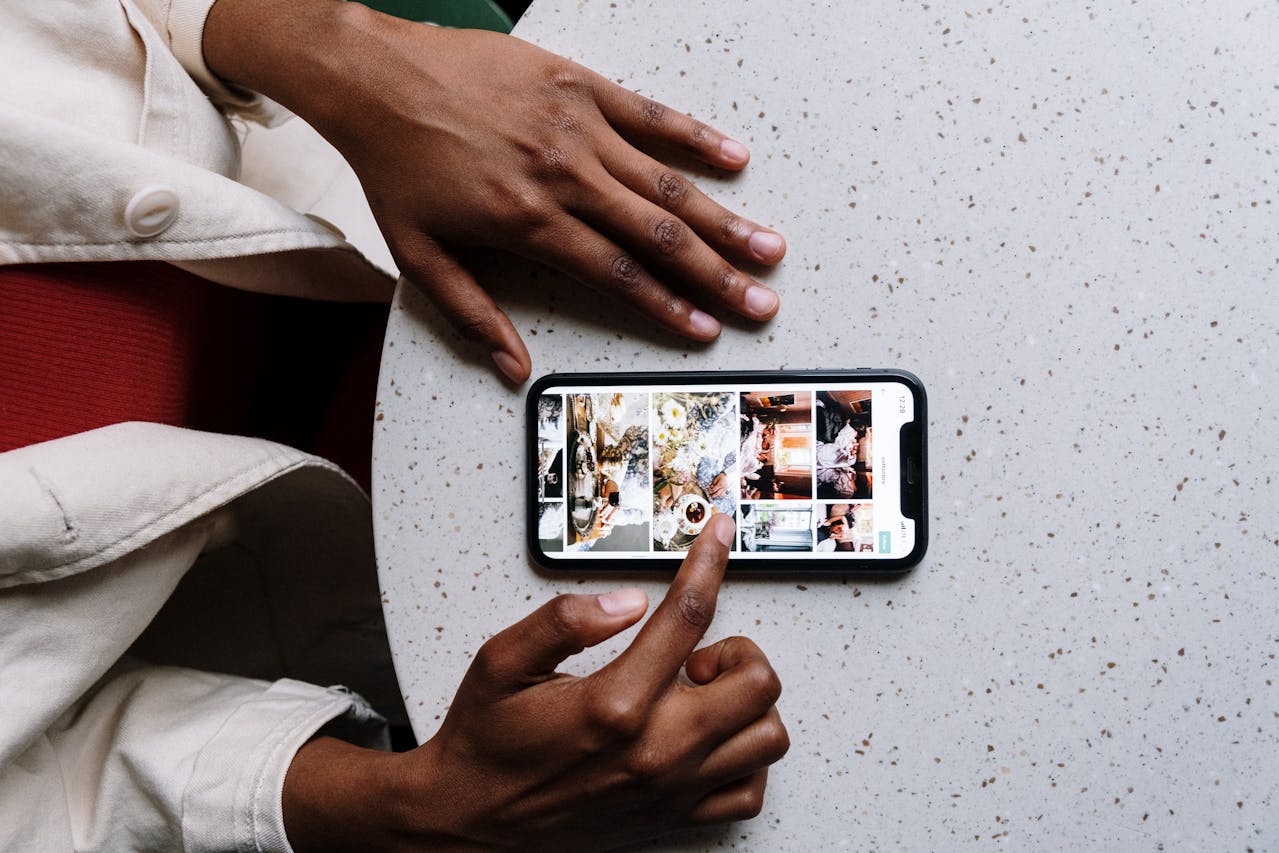
Film rolls were pricey and you waited days to see prints. Teens shoot hundreds of photos in a week and the cloud saves them automatically. Albums sort by faces, places, and dates. Edits sync across devices and old memories resurface in daily highlights. If a phone breaks, images return with a sign in. Shared folders let teams and friend groups collect pics from events. The fear of losing a year of memories is mostly gone.
9. Group Chats

Plans once relied on calling trees and notes passed in class. Group chats keep teams, classes, and friend circles active all day. Polls set meeting times and pinned messages hold key info. Photos, memes, and voice notes flow in seconds. Teens manage several groups at once and mute when focus time starts. Read receipts show who is caught up. For birthdays, study sessions, and club news, group chats are the living room of teen life.
10. Contactless Payments
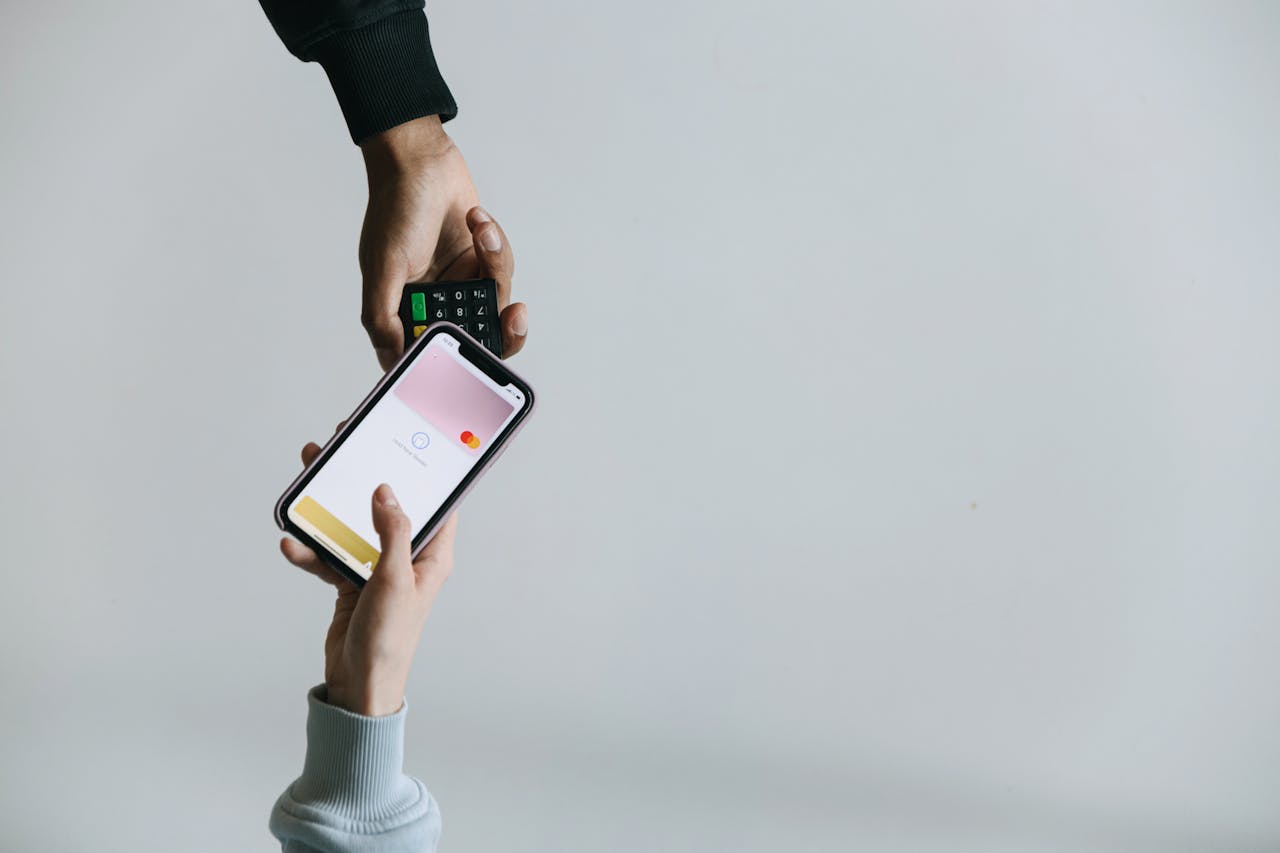
Cash and coins dominated the 80s. Teens today pay with phones or watches by tapping at checkout. Split bills with friends in seconds and track spending in app histories. Lost cards can be frozen fast and virtual numbers protect stores from seeing real details. School fundraisers, thrift buys, and snack runs move quicker. For many teens, a wallet holds an ID and maybe a bus card. The phone is the payment tool they trust.
11. Food Delivery and Ride Apps
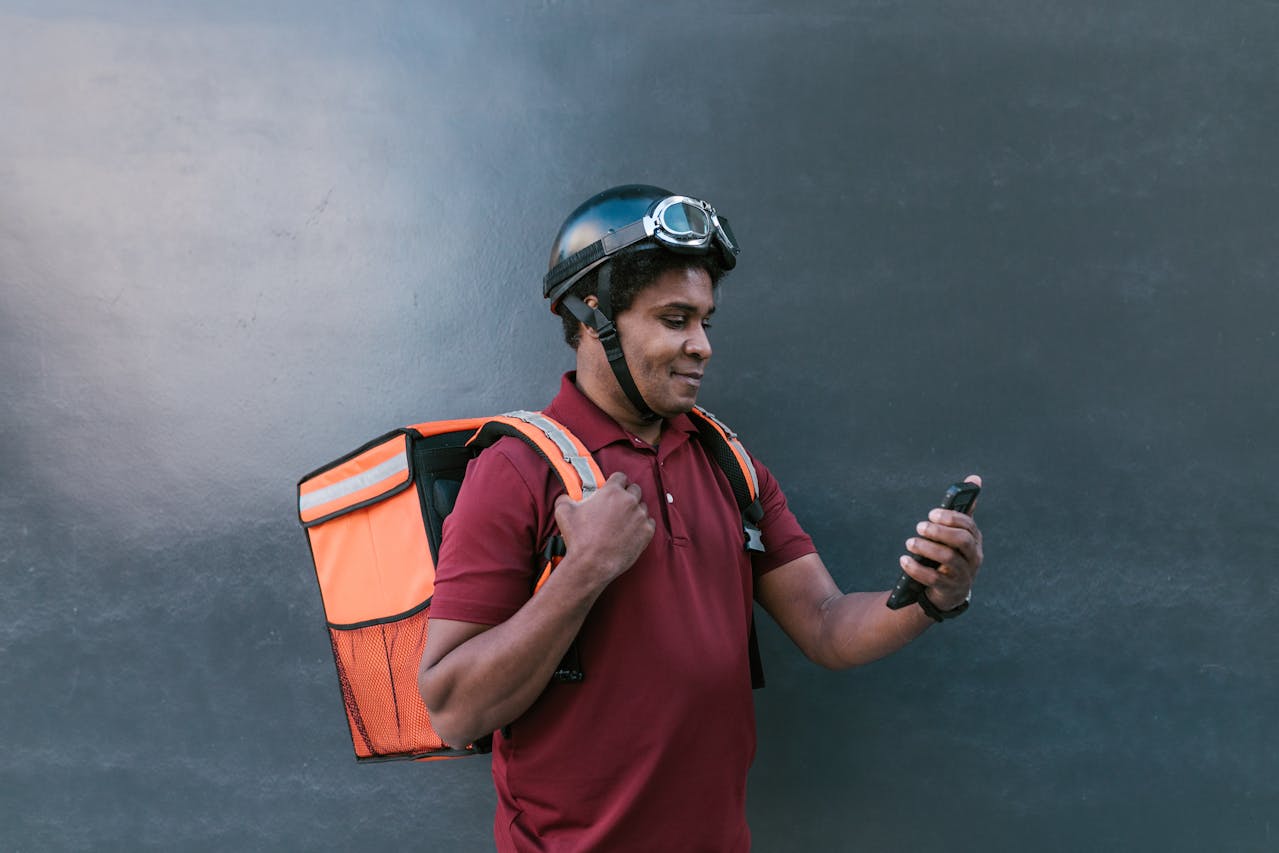
Getting a snack once meant whatever was in the fridge and rides meant begging for a lift. Teens now order late study fuel and track it on a map. Grocery drop offs help families on hectic nights. Ride apps cover gaps when buses stop and parents are working, with fare estimates and driver details up front. Safety tools share trips in real time. These services add freedom, but teens also learn to tip and budget wisely.
12. Portable Bluetooth Speakers
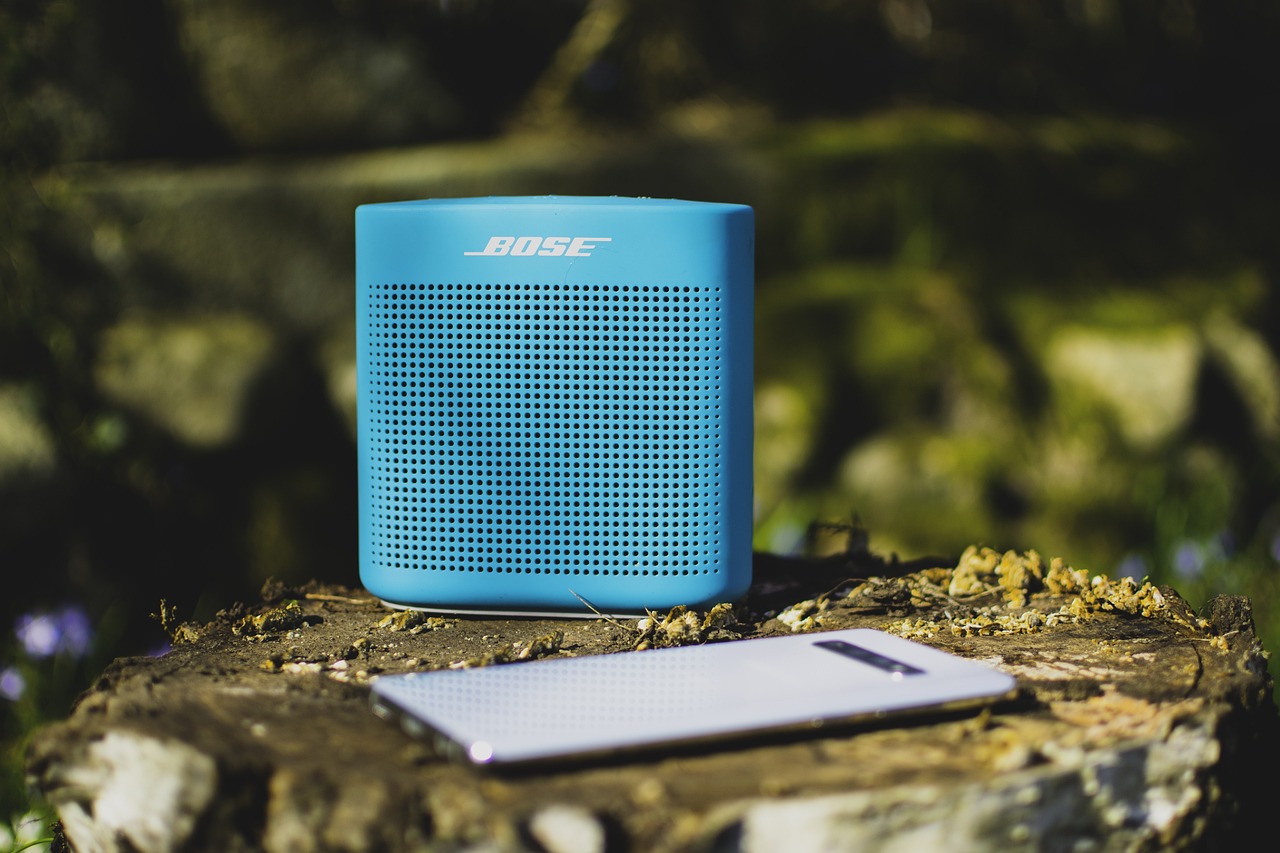
Boom boxes blasted from D cells in the 80s and weighed a ton. Portable speakers today fit in a water bottle pocket, pair in a heartbeat, and run for hours on a charge. Teens bring music to the park, the porch, or a club meeting after school. Many speakers handle splashes and survive bags full of books. Sound quality keeps getting better while sizes shrink. Small speakers turn quick hangouts into memories without much planning.


